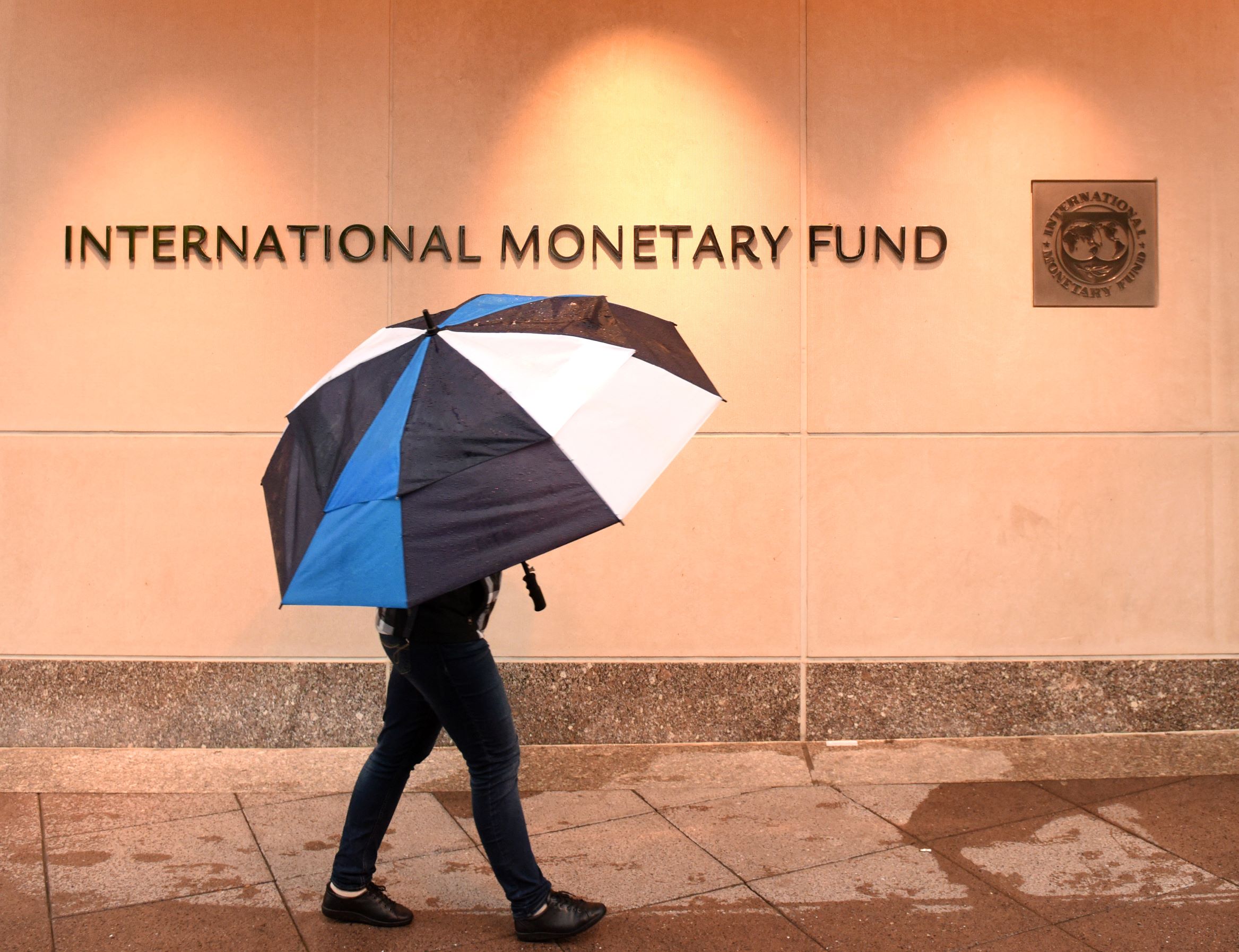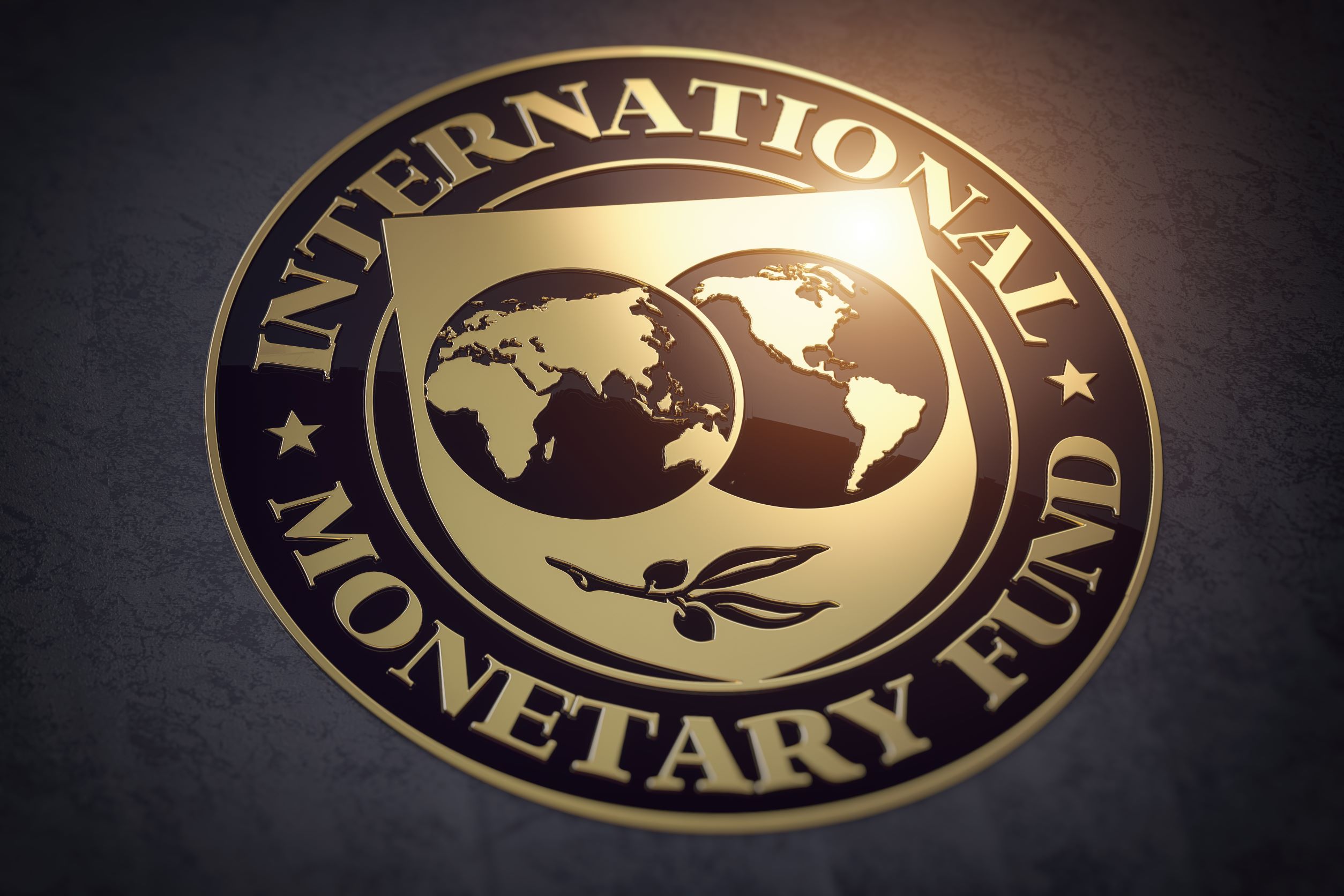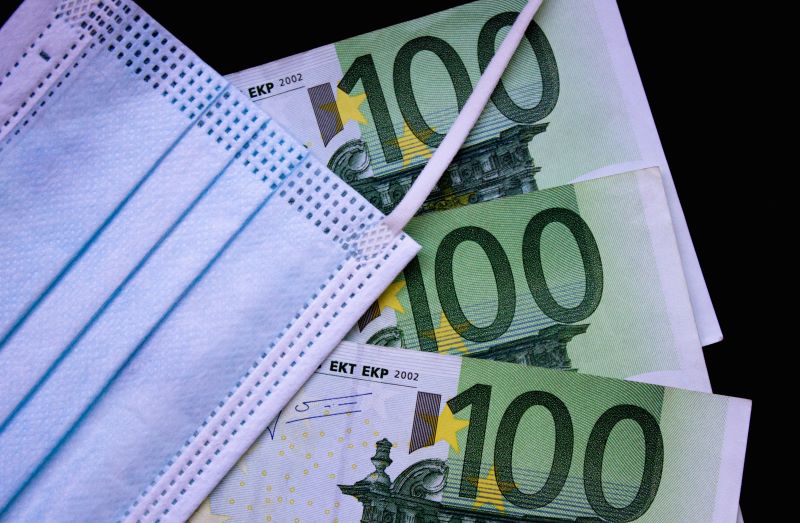Recommended
In a recent piece with my colleague Mark Plant, I highlighted the financial pressures facing the IMF’s Poverty Reduction and Growth Trust (PRGT). The surge in PRGT lending during the pandemic and the continued high level of lending since then provided essential support to low-income countries (LICs). But this bold response also left a gaping hole in the PRGT’s finances. And the problem has been made worse by a steep rise in interest rates in recent months. This blog focuses on the likely—but still uncertain—scale of the financing need and the adverse impacts of failing to close this gap. In later work I’ll lay out possible steps—both immediate and longer term—to restore the viability of the PRGT. I’ll also consider wider reforms to the IMF’s financial toolkit for supporting LICs and its linkages with wider support from the international community.
Recycling of SDRs helped replenish lending resources
One aspect of the PRGT’s financing needs has been relatively well covered. When lending first surged in 2020, the PRGT’s loan resources dwindled. Richer countries, who provide the loans that are on-lent by the PRGT to LICs, responded promptly to a call in April 2020 to augment these resources. As a result of this and a broader fundraising exercise launched in July 2021 (more on this later), the PGRT now has a comfortable buffer of loan resources. Before the pandemic, the PRGT’s uncommitted loan resources stood at under SDR 12 billion. At the end of 2022, despite three years in which annual loan commitments to LICs averaged over SDR 5 billion—almost five times their level in the previous decade—the PRGT’s uncommitted loan resources stood at SDR 20 billion. In this way the PRGT has, so far, been the primary vehicle for recycling SDRs.
But the main constraint is hard cash for subsidies
A shortage of subsidy resources is the key problem. Rich countries’ loans to the PRGT earn the SDR interest rate, which is adjusted weekly in line with short-term interest rates in the US, the Euro area, the UK, Japan, and China. But LICs that borrow from the PRGT pay a subsidized rate—currently zero. The cost of this subsidy could be met—at least before the pandemic—from the interest earnings of the reserves and subsidy accounts of the PRGT. This endowment-like structure was designed to ensure that subsidies could sustain the operations of PRGT over the long term. But the structure would only be “self-sustaining”—without the need for additional subsidy resources—if lending averaged about SDR 1.4 billion a year, or only just above the levels seen before the start of the pandemic. The much higher lending since 2020 has, in effect, been financed by committing subsidy resources that would, in the absence of new funding inflows, imply some depletion in the endowment and thus its capacity to support future subsidized lending.
The IMF recognized the need for a fresh injection of subsidy-resources almost two years ago. The fundraising exercise launched in July 2021 sought subsidy pledges of SDR 2.8 billion by 2024. This was intended to both offset the additional subsidy costs of lending above SDR 1.4 billion a year through 2024 and add to the size of the endowment to yield a sustainable lending capacity of SDR 1.65 billion from 2025 onwards. However, in view of the inherent uncertainties, this was seen as a first stage, with a second stage of the funding strategy to be completed after a comprehensive review expected in early 2024. This initial funding target was maintained when the IMF again reviewed PRGT funding needs in April 2022.
The shortfall in subsidy needs is driven by three factors
The subsequent sharp rise in interest rates has increased the size of the financial hole. When the funding exercise was launched, interest rates were at historically low levels—the SDR interest rate paid to lenders was just 0.05 percent, and in April 2022 it was still under 0.5 percent. Less than a year later, the SDR interest rate is already over 3.5 percent and the continued tightening of monetary policies in the US, UK, and Euro area suggests further increases to come. The interest costs over the life of 10-year PRGT loans cannot be predicted with any certainty. But it now seems highly unlikely that average SDR interest rate will be in the range 1.5-2.0 percent that appeared to underlie the estimated financing need of SDR 2.8 billion—it will be larger. And each 1 percent increase in this average SDR rate would increase the subsidy cost by about SDR 1 billion.
The subsidy costs are also likely to be higher because of higher lending. The funding target was based on commitments of SDR 21.5 billion over the period 2020-24. This implied an average of SDR 3 billion a year from 2022-24 (down from commitments of SDR 6.5 billion in 2020 and SDR 6 billion 2021). Actual commitments in 2022 were SDR 3.2 billion—only slightly higher than projected. But large new commitments for Bangladesh (already approved) and Ghana (expected soon) would easily exceed the full-year projection for 2023. And with increasingly fragile finances, other countries are likely to come forward for more assistance from the PRGT in 2023.
Fundraising has also been slow going. Some of the resources were easily mobilized. SDR 0.5 billion of the SDR 2.8 billion is being covered by suspending payments that were normally made from the PRGT’s reserve account to cover the annual costs of administering the PRGT—largely staff time. But only about a quarter of the remaining SDR 2.3 billion, which would need to be provided as grants (SDRs cannot be recycled to the subsidy account), was pledged in the first nine months. Since then, the EU announced its first contribution to the PRGT but, at Euro 100 million, this was only about a sixth of the total sought from EU members. Given the budgetary pressures in richer countries—exacerbated by the rising costs of their debt service in national budgets—there is a risk of a significant shortfall from this initial funding target.
Where would a substantial shortfall leave the PRGT in the future?
The current round of fundraising would not close the gap. The outcome remains uncertain, but the combination of higher interest rates, higher demand for PRGT lending, and some shortfall in donor contributions could result in an unfilled gap of at least SDR 1 billion and possibly as much as SDR 2 billion.
Without additional resources or policy changes, the sustainable annual lending capacity of the PRGT would fall back sharply—just as LICs are likely to need even more IMF resources. About SDR 1.1 billion of the SDR 2.8 billion sought by the IMF was needed to raise this capacity from SDR 1.4 to SDR 1.65 billion from 2025. Thus, even if the unmet gap was at the lower end of the SDR 1-2 billion range, this shortfall would imply that lending capacity would revert to its pre-pandemic level of SDR 1.4 billion from 2025. Restraining PRGT demand to these levels would require steep cuts in access limits when many are arguing for the opposite. Rather ominously, the IMF has already delayed any decision on new access levels for the PRGT—which were increased for IMF’s regular lending for middle-income countries—until sufficient additional subsidy resources have been pledged. In the next few years, echoing the earlier surge in lending, repayments to the PRGT will rise sharply to SDR 3 billion per annum. The resulting unprecedented withdrawal of PRGT financing from LICs would come at a time when cutbacks in donor budget support are already making it difficult to close financing gaps in PRGT-supported programs.
In the absence of additional funding, contingency measures might also be taken to lower subsidy costs, including sharply raising the interest rate on PRGT loans. The next review of interest rates on PRGT loans is expected to take place before July this year. Under the existing mechanism, if the average SDR interest rate exceeds 2 percent in the 12 months before the review—which seems almost certain—the rate charged on PRGT loans would rise to 0.25 percent. This would yield about SDR 40 million a year on the existing stock of PRGT loans, and it seems unlikely that this increase would be blocked by the IMF’s board even though no interest has been charged to PRGT borrowers since 2009. A further increase in the PRGT interest rate to 0.5 percent would not be triggered under the current mechanism unless the SDR interest rate reached 5 percent. There could be some pressure to bring this forward.
Delaying a return to a “self-sustained” financing model could also be considered. As is currently the case, higher levels of lending could, in principle, be maintained, committing more of the resources of the PRGT until these can be replenished. Clearly this would risk a more serious problem if the resulting larger hole is not plugged.
But PRGT reserves are also being stretched thin, which might lead to less lending as well. The PRGT’s reserve account can be used to repay lenders if borrowers fall into arrears, thereby providing an important safeguard for lenders. Before the surge in lending the reserve account was at least 40 percent of the stock of PRGT credit, but by the end of 2022, this ratio was only about 25 percent. In the absence of donor contributions to support reserves, this ratio could fall close to 20 percent in 2024, a level which could lead some lenders to question whether the PRGT has adequate safeguards and to argue for squeezing future PRGT lending.
These possible consequences underline the importance of closing the financing gap. Unless the hole in the PRGT’s finances can be plugged, it would at best emerge on a much smaller scale that would not make it fit to assist LICs in meeting their challenges. A way forward will require both immediate steps and longer-term solutions. The goal should be to arrive at a PRGT that is sustainably financed and large enough to meet LICs needs. I’ll return to these issues in future work.
Disclaimer
CGD blog posts reflect the views of the authors, drawing on prior research and experience in their areas of expertise. CGD is a nonpartisan, independent organization and does not take institutional positions.
Image credit for social media/web: Adobe Stock







